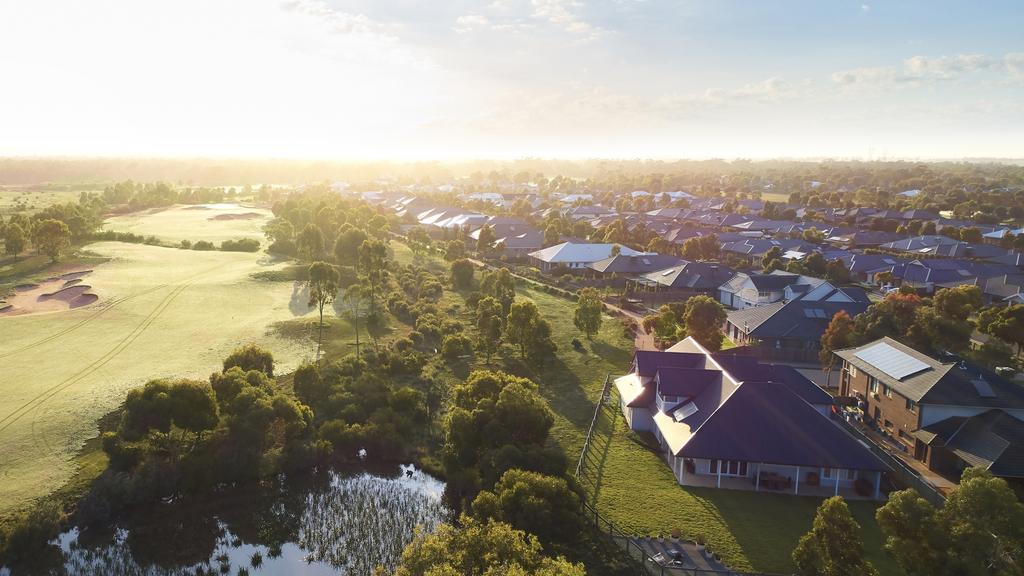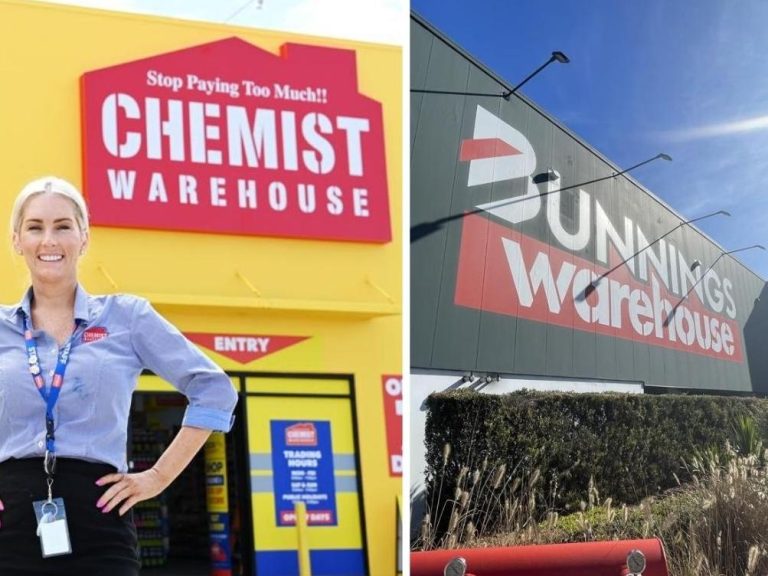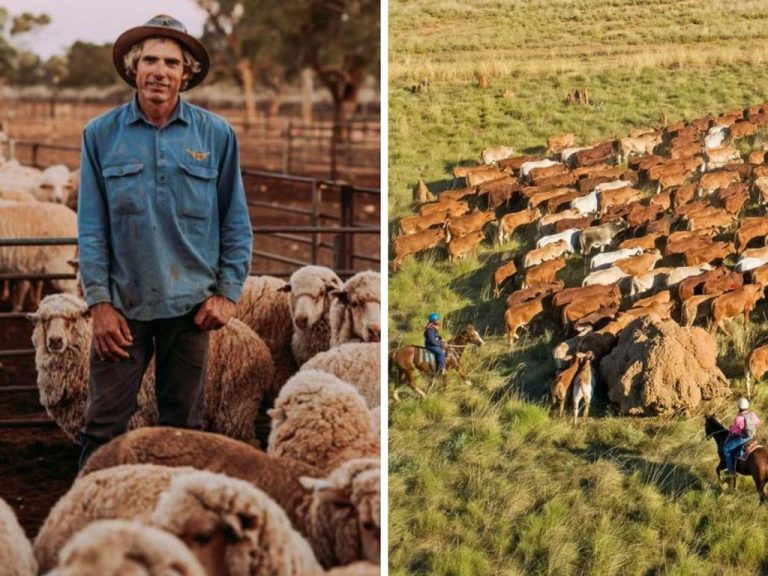Resimax launches a 500-lot rental scheme for housing estates

Resimax’s Eynesbury estate where 30 per cent of its planned block retention will be dedicated to rental properties.
In what is billed as an Australian first, property developer Resimax Group plans to venture into the build-to-rent sector by keeping 500 lots across its estates in Melbourne’s northern and western suburbs as designated rental stock by the end of 2025.
It’s a first for the detached housing market as previous rental stock has been concentrated in high-rise towers and has been dominated by large listed and international players.
The plan comes during a relatively slow period for lot sales in housing estates as interest rises have bitten into first buyer’ budgets.
Of the 500 homes Resimax will hold on to, 70 per cent of rental lots will be in its projects at Mernda and Wallan. The remaining 30 per cent will be allocated to its Eynesbury project.
Unlike the upper-end apartments many build-to-rent developers are undertaking, the three and four bedroom homes are targeted at families in Melbourne’s north and west growth corridors.
Resimax will also keep 5 to 10 per cent of housing stock in future developments as build-to-rent stock. Builder Tick Homes, owned by Resimax Group, will construct the rental homes and the developer will lease them out via Leap Real Estate.

Resimax Group chief executive Aziz Kheir.
Resimax chief executive Aziz “Ozzie” Kheir said adopting the build-to-rent scheme at the estates would pave the way for local developers in the detached housing market in an “unparalleled” time of market uncertainty.
“There is enormous potential in the build-to-rent sector as an alternative to traditional home ownership and conventional rental properties, however the detached housing market has been slow to adopt this scheme in Australia,” he said.
Single-family rentals have been a key part of the housing stock and investment landscape in the US, particularly in the wake of the pandemic. But the local scheme is aimed at getting people to eventually buy.
“We see this designated pool of rental stock as being part of the full life cycle of our development strategy. The objective of our build-to-rent program is to house tenants in our communities, then transition them into homeowners over time,” Mr Kheir said.
He pointed to the long-term benefits of a developer investing in its estates.
“By maintaining an ongoing stake in our developments, we can maintain a unique level of control over the quality and value of stock,” he said.
He said Australia’s rental crisis was worsening and more landlords were exiting. The move would offer a part solution to the crisis in the face of growing taxes and delivery costs.
“By retaining a percentage of stock in our developments for rentals, we’re able to contribute a pool of brand new, family-sized homes to a broken rental market that is in desperate need of supply,” he said.
“However, continued investment and support from state and federal governments is critical for ensuring more developers pursue build-to-rent, and rental supply can grow in line with Australia’s growing population.”
Leap Real Estate director Ken Dodds said the scheme had drawn strong interest with 200 tenants leasing from the developer in the past 18 months.
“We’re seeing strong interest from the market, particularly amongst young families who have been priced out of neighbouring suburbs, or met with tough competition that hasn’t allowed them to secure a rental to date,” he said.







